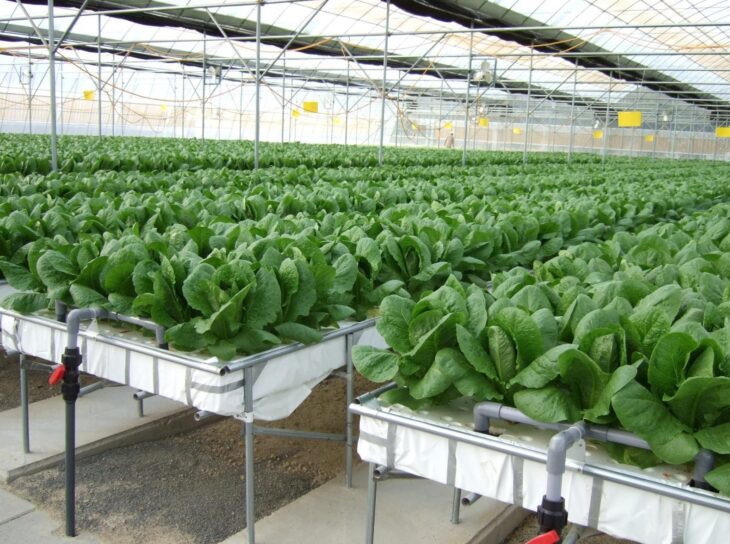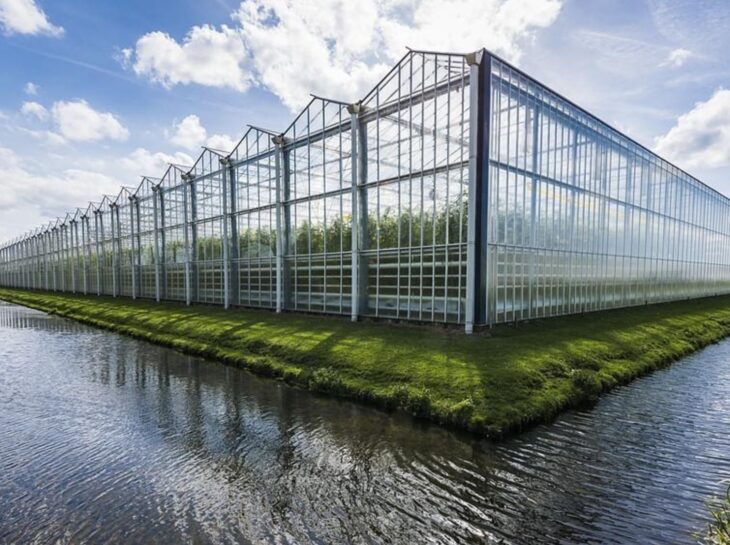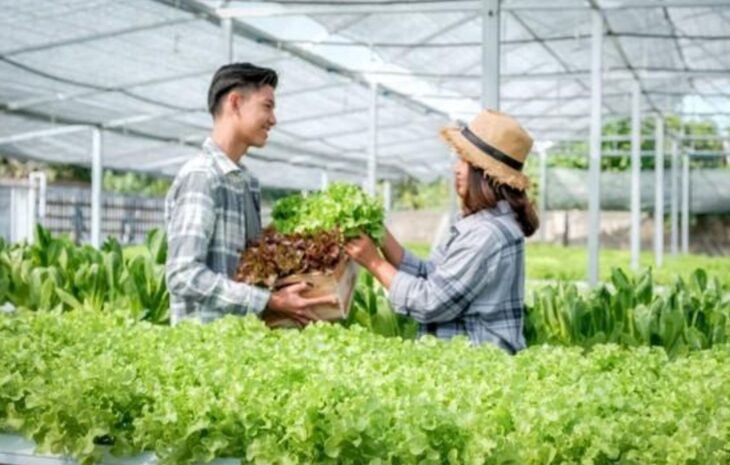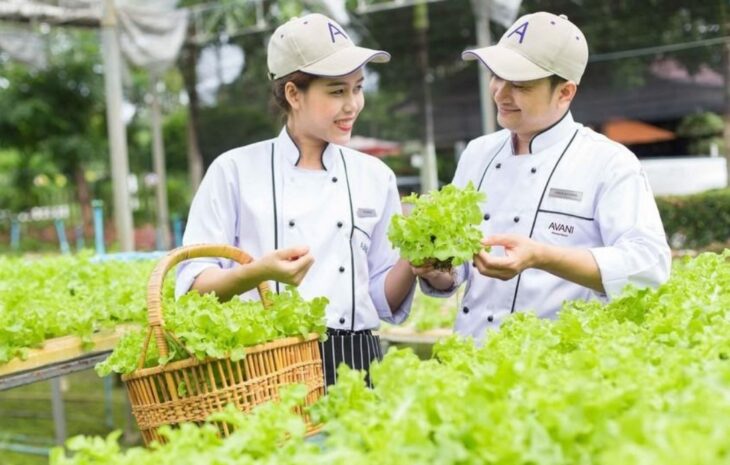When you decide to grow plants indoors or outdoors, you must be ready to put in the time, effort, and care—tending to each plant’s needs and supplying them, protecting them from pests and bugs, watering, and most of all, waiting. Waiting for the plants to grow, mature, bear fruit and flowers after a period. The yield might be small or large, depending on what you plant, the quality of the product depends on the nutrition and care, and its market value comes from how much of the yield is of market quality.
With the hydroponic system, both doubts have faded in importance as this farming technique is known to fetch the best quality products in a large amount and at a local place that can be right next to your house.
Here are tips and tricks that will help you gain more with less in hydroponic farming:

1. Invest in quality equipment:
Remember that a quality investment is far better than a cheap compromise. Do not hesitate to buy a good quality Grow tent, grow lights, ventilation fans, and farming equipment necessary for hydroponic farming. To know the essentials of hydroponic farming, read more here.
-
- Grow tents: These mobile tents allow you to maintain optimum weather conditions for the plants that demand an exact environment for growing. They come in various sizes and facilities like inbuilt flood trays, viewing windows, tool pockets, reflective mechanisms. Choose one that suits your budget and needs.
- Grow lights: Essential for maintaining a sleep cycle for stable growth of the hydroponic plants; grow lights are available in HIDs, LED, T5 fluorescent variants based on the intensity of light and cost. High intensity may raise the heat and cause plants to lose water rapidly. At the same time, low-intensity lights may stunt plant growth. You have to find the sweet spot.
- Ventilation fans: Your plants require an ample amount of CO2 for food making and to eliminate the dampness caused by plants’ perspiration. Ventilation fans are needed to keep the air flowing through the grow room.
- Meters: Maintaining an optimum environment is partly observing the medium’s temperature, humidity, and pH levels (soil/water solution). Careful observation and research will help you monitor the environment more closely for the healthy growth of plants.

2. Choose what to grow:
When unrestricted by the weather outside, you might want to decide what it is that you want to expand on your hydroponic farm. Be it vegetables, fruits, or commercial plants for propagation purposes.
Next, you have to plan the environmental setup depending on the plant’s needs. Adjusting the temperature, water level, water solution concentration, and light cycle are the prerequisites for any plantation.
Finally, if you are a beginner, you want to choose one that requires low maintenance, fast-growing plants, so you quickly complete one harvest cycle with minimum error.
- Light cycle: It is crucial to install a light cycle that is stable and undisturbed. For younger plants, begin with 8 hours of light and slowly increase up to 12 hours. Make sure the dark periods are uninterrupted. Choose to grow lights if the indoor system is too dark. Grow lights are high-intensity to medium intensity light. Metal halide bulbs give out an orange-red light mainly used for vegetables, while T5 fluorescent lights are used in plants with a short growth cycle.
- Maintain the heat:
According to the plant requirements, dial down/up the heat for results. The ideal temperature to maintain is 65-80F. If it gets hotter, it might negatively affect plant growth. Likewise, if the water solution gets hot, it might lead to root decay.
However, if the temperature drops, the dampness might be an invitation to fungus and diseases. It is, therefore, necessary to maintain optimal temperature for steady growth.

3. Water quality:
The next significant influencer in the water. You must ensure a continuous supply of soft water to the plant so that essential nutrients can be added to the water to make the water solution conducive to healthy plants (Hard water is already packed with minerals and impurities and is not suitable). Hydroponic farming saves up to 80% of the water supply as the system can recycle the water used by the plants by refilling the nutrients and minerals in the water solution.
- Maintain the pH value: The ideal value of pH must be 5.5-to-6.5, but it is unique for each plant. If the value fluctuates and the medium becomes too acidic or too alkaline, the plant has difficulty absorbing nutrients from the water and may waste away. You can keep track of the pH value of the soil/water solution by pH test strips. And adjust the pH levels accordingly. For example, adding a small amount of potassium increases the ph levels of the water solution, while phosphoric acid decreases the pH value.
- Keep track of the EC levels:
For most plants, EC is kept between 1.5 to 2.5 dS/m. EC is a measure of the number of salts dissolved in the water. You can measure the EC by the EC meter that is available for hydroponic farming.
High EC can prevent the plant from absorbing nutrients due to increased osmotic pressure that doesn’t allow nutrients to trespass the cell walls. But low EC levels result in lower quantity and quality of yield.
You can maintain the EC levels by adding fertilizers to inverse the level and diluting it when high. Choose suitable fertilizers.

Conclusion:
Although it may seem a mammoth task when you view it from a distance, the most crucial responsibility of quality control is already managed by the grow tent and the hydroponic system. You only need to offer your gentle prodding for even better yield and complete optimization of indoor farming. Whether it be flowers or vegetables or just a tiny scale investment hobby, you must make the best of this opportunity.
With these tested tips and advice, you will yield better quality food and plants from your hydroponic system. Make sure you take good care of the plants. Happy gardening!
